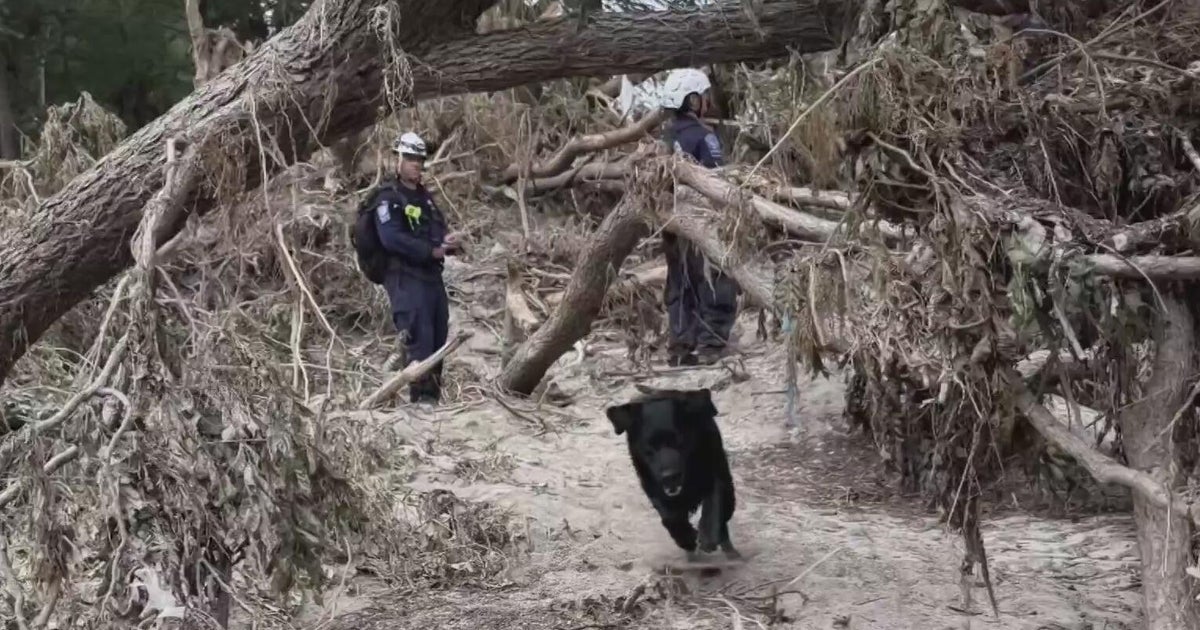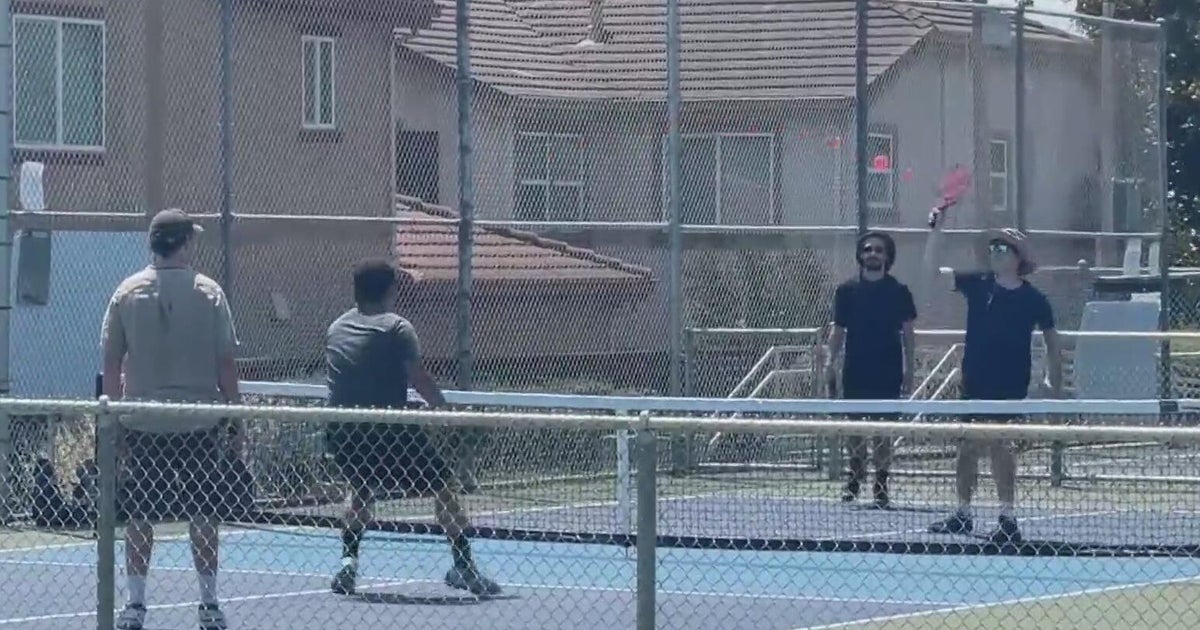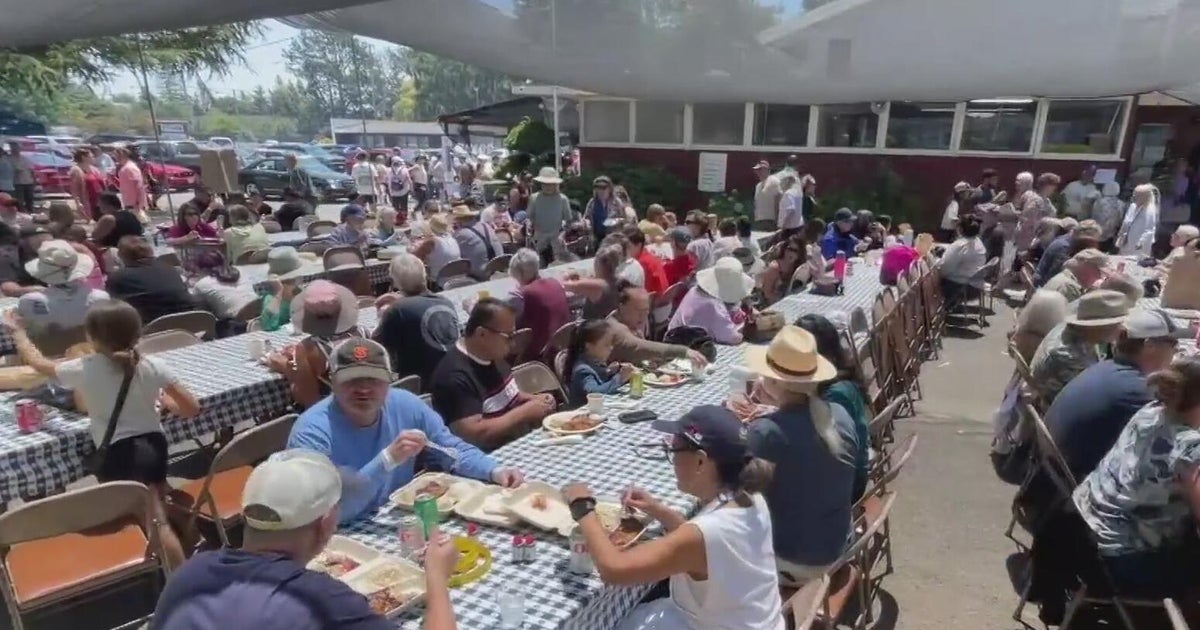Study Shows Tons Of Unharvested Produce In California Left To Rot In The Fields
by Juliette Goodrich and Molly McCrea
A groundbreaking study of farming practices in the nation's breadbasket of Northern and Central California shows that after harvesting, there are tons of food left over and left to rot in the fields while Bay Area families are going hungry.
"We were really astounded," said lead researcher Dr. Gregory Baker, Executive Director of the Center for Food Innovation and Entrepreneurship at Santa Clara University.
Baker told KPIX 5 when it comes to food waste, most research focuses on what happens after the harvest: in the home, the grocery store, or restaurant.
"So we thought, well, why don't we go out and actually measure what's left in farmers' fields," said Baker.
Baker's team surveyed over 140 different fields, and a few dozen farmers in Northern and Central California. The focus was on 20 different hand-picked crops, including lettuce and tomatoes.
Generally speaking, here's how it worked: as a farm crew harvested a field, the research team followed, collecting all the edible produce left behind.
"Then they would bring them in. They would classify the unharvested produce to whether it might be too small, too big, not ripe enough, too ripe, some kind of defects and then we would weigh them," detailed Baker.
The study period was for two harvests in 2016 and 2017. After crunching the numbers and studying the details, the results were staggering.
"An amazing amount of produce was left in the fields," said Baker.
The loss was roughly five tons per acre - roughly one-third of what's grown - that remained in the field after harvest, left to rot.
Even the growers were surprised. The food loss at the farm level exceeded their estimates by 157 percent.
"So two-and-a-half times what the growers thought they were going to be," said Baker.
"It's absolutely devastating to us as farmers," said Cannon Michael, farmer and President of the Bowles Farming Company in Los Banos.
Michael is the 6th generation of his family to work in the family farming business. He and his team farm a little over 11,000 acres, including - on the day KPIX 5 visited - fragrant fields of fresh cilantro.
Michael snapped off a leaf and sampled it. "As a farmer you never want to produce something that never goes to use," he explained.
Bowles Farming participated closely with the researchers to help quantify the problem, Michael told KPIX 5 that he felt a responsibility to participate and to better understand the reality of the situation. He said farmers kind of know that a lot of food is left on the field after a harvest.
"I think we all felt it was a big issue but then it's of course having the real research behind it, I think it's been helpful to quantify it," said Michael.
As to what's behind the problem? There's no one simple answer and there are many factors that are contributing. But Professor Baker cautioned to look beyond the farm.
"Farmers are not really the problem. but they're part of the system that is broken," explained Baker.
For example, consumers have come to expect perfection, and that results in high buyer specifications. Growers then sign contracts promising to deliver, but will overgrow knowing some of their harvest, thanks to Mother Nature, won't likely meet these "perfect" standards.
Another issue: If the price drops or there's an oversupply, farmers can no longer afford to harvest a field, pack it, and ship it to the retailer.
At that point, it's cheaper to let the produce rot on the field.
"To not get an economic return for us is tough. And then it's doubly hard then to actually see you know great quality produce in the field just go to waste," said Michael.
Liability issues prevent Michael from opening up his farm to allow anyone to come onto it and harvest the edible food.
"And of course that's heartbreaking to us because we know there are thousands of people who can really use that produce," said Leslie Bacho, CEO of Second Harvest Food Bank of Silicon Valley, which provides food to anyone in need.
Bacho told KPIX 5 that the demand is growing in an expensive Bay Area, as more and more working families are struggling to keep a roof over their heads.
"Hunger is kind of one of those hidden consequences of the housing crisis. because so many people are having to choose between paying the rent and affording food," explained Bacho.
Over 50 percent of what Second Harvest provides is fresh produce. The food bank works with local farmers to get surplus crops, and would like to see a solution to the unharvested food left on farm fields.
Phase 2 of Baker's research is now underway: how to determine feasibility to get more of this food loss to the food banks.
While some entrepreneurs have come up with ways to sell the produce online, Baker told us that this service only takes care of a fraction of the lost produce.
Other solutions, according to the professor, would be to better understand the tax incentives for growers, or even have buyers "buy" an entire field so that they have an incentive to try to market some of this imperfect produce.



